-
Guidance for choosing keyboard_arrow_down
The 4Cs of Diamonds
Each diamond has a unique character. But beyond that impenetrable aura, there are specific properties determining the value of each single stone – the so-called 4Cs: Carat Weight, Color, Clarity and Cut. Four universal qualitative parameters that will guide you through the choice of the perfect diamond, here briefly illustrated in a practical guide. Use it as a refence to choose the diamond that will be adorning your Lumina Diamonds jewel, or turn to our expert gemologists for a personalized consultation.
CARAT WEIGHT
The first parameter to consider in the assessment of a diamond is certainly Carat Weight, i.e. the unit of measurement used to calculate the weight of a gemstone. One carat equals 0.2 grams.
The centesimal fractions of a carat are generally indicated as points, therefore, a ¼ carat diamond will weigh 0.25 carats or 25 points.
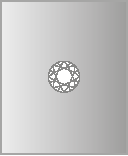 Ct 0,05 Ø 0,25 h 1,5
Ct 0,05 Ø 0,25 h 1,5
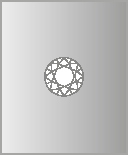 Ct 0,10 Ø 3,0 h 1,8
Ct 0,10 Ø 3,0 h 1,8
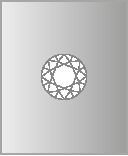 Ct 0,20 Ø 3,8 h 2,3
Ct 0,20 Ø 3,8 h 2,3
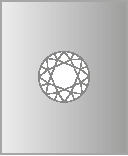 Ct 0,25 Ø 4,1 h 2,5
Ct 0,25 Ø 4,1 h 2,5
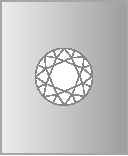 Ct 0,30 Ø 4,5 h 2,7
Ct 0,30 Ø 4,5 h 2,7
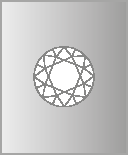 Ct 0.40 Ø 4,8 h 3,0
Ct 0.40 Ø 4,8 h 3,0
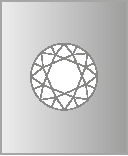 Ct 0,50 Ø 5,2 h 3,1
Ct 0,50 Ø 5,2 h 3,1
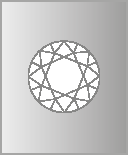 Ct 0,70 Ø 5,8 h 3,5
Ct 0,70 Ø 5,8 h 3,5
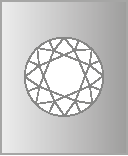 Ct 0,90 Ø 6,3 h 3,8
Ct 0,90 Ø 6,3 h 3,8
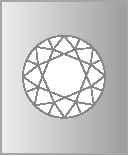 Ct 1,00 Ø 6,5 h 3,9
Ct 1,00 Ø 6,5 h 3,9
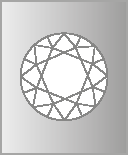 Ct 1,25 Ø 6,9 h 4,3
Ct 1,25 Ø 6,9 h 4,3
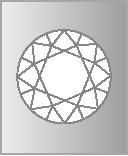 Ct 1,50 Ø 7,4 h 4,5
Ct 1,50 Ø 7,4 h 4,5
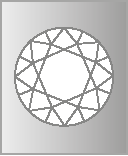 Ct 1,75 Ø 7,8 h 4,7
Ct 1,75 Ø 7,8 h 4,7
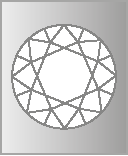 Ct 2,00 Ø 8,2 h 4,9
Ct 2,00 Ø 8,2 h 4,9
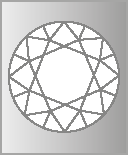 Ct 2,50 Ø 8,8 h 5,3
Ct 2,50 Ø 8,8 h 5,3
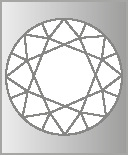 Ct 3,00 Ø 9,4 h 5,6
Ct 3,00 Ø 9,4 h 5,6
COLOR
The second criterion to consider for the listing of a diamond is color. Diamonds can be considered as the only gems whereby the absence of color is an indicator of value. The international classification system orders a diamond’s color – and quality – on a progressive scale ranging from the letter D (colorless) to the letter Z (light yellow).
 D - F Colorless
D - F Colorless
 G - J Near Colorless
G - J Near Colorless
 K - M Slightly Tinted
K - M Slightly Tinted
 N - R Very Light Yellow
N - R Very Light Yellow
 S - Z Light Yellow-Yellow
S - Z Light Yellow-Yellow
CLARITY
Clarity indicates the degree to which a stone is free from “inclusions” (i.e. in gemological terms, any inhomogeneity present within it) and is a further parameter in the listing of a diamond. Depending on the number, color, size and position of these internal characteristics, the degree of clarity of the diamond is determined on a scale from I.F. (no visible defects at 10x) to PIQUÈ (inclusions clearly visible to the naked eye).
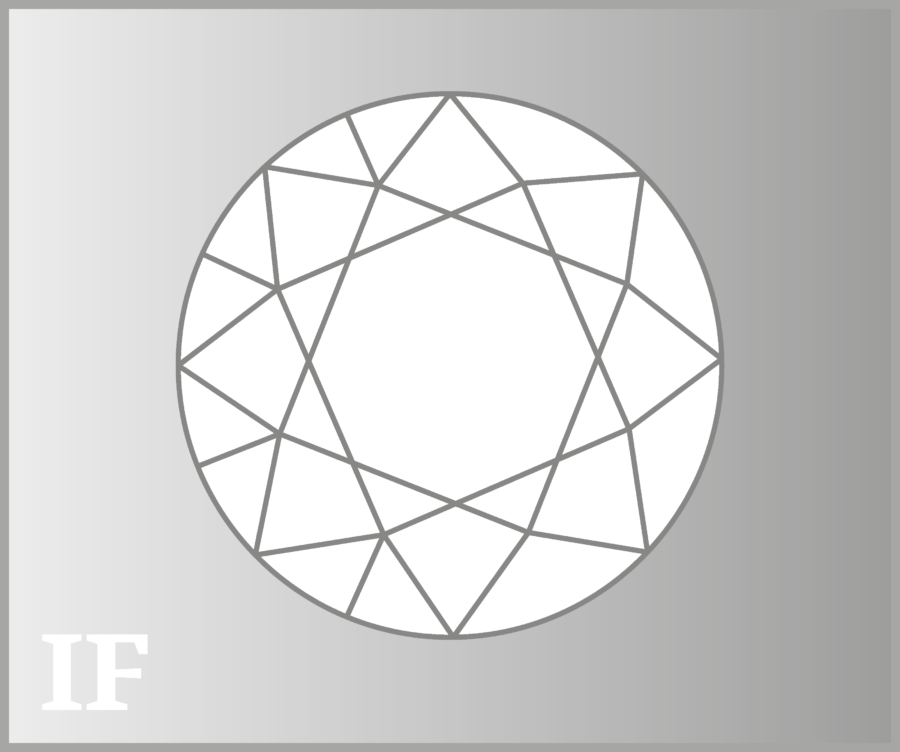 Internally Flawless Free from internal blemishes visible under 10x magnification (small external details tolerated).
Internally Flawless Free from internal blemishes visible under 10x magnification (small external details tolerated).
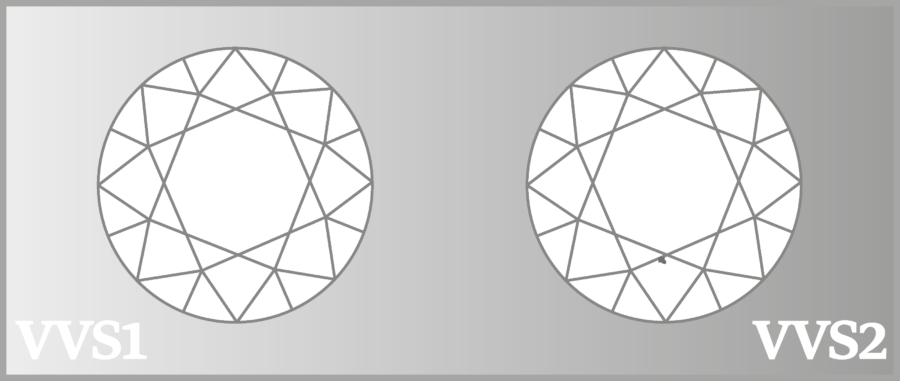 Very Very Slightly included Inclusions and/or external blemishes very difficult to locate under 10x magnification.
Very Very Slightly included Inclusions and/or external blemishes very difficult to locate under 10x magnification.
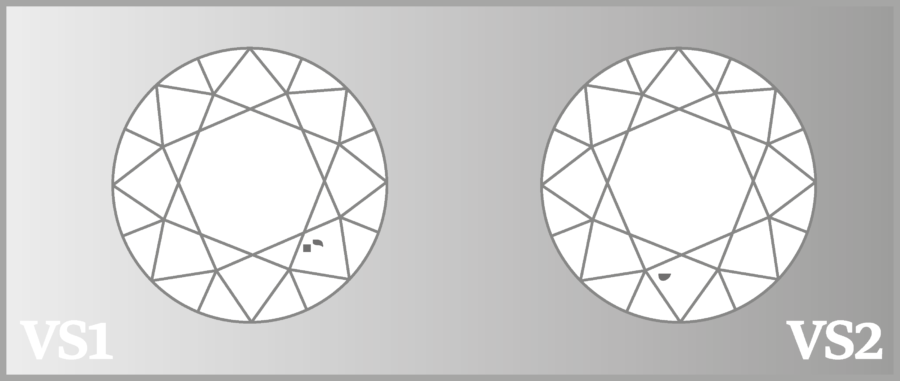 Very Slightly included Inclusions and external blemishes difficult to locate under 10x magnification.
Very Slightly included Inclusions and external blemishes difficult to locate under 10x magnification.
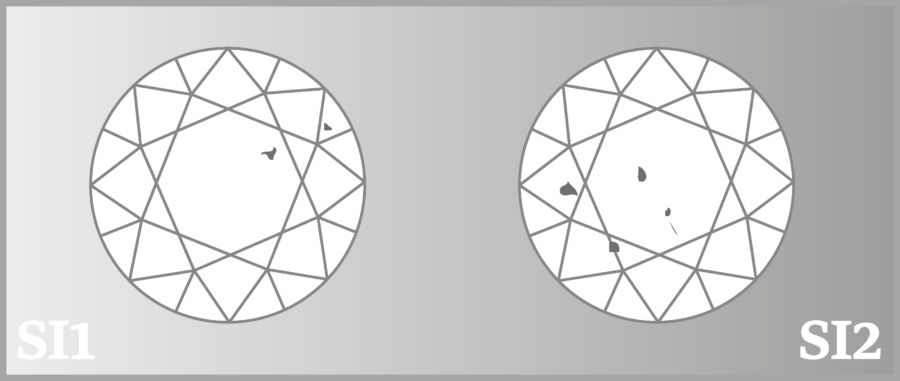 Slightly included Inclusions and external blemishes easy to locate under 10x magnification.
Slightly included Inclusions and external blemishes easy to locate under 10x magnification.
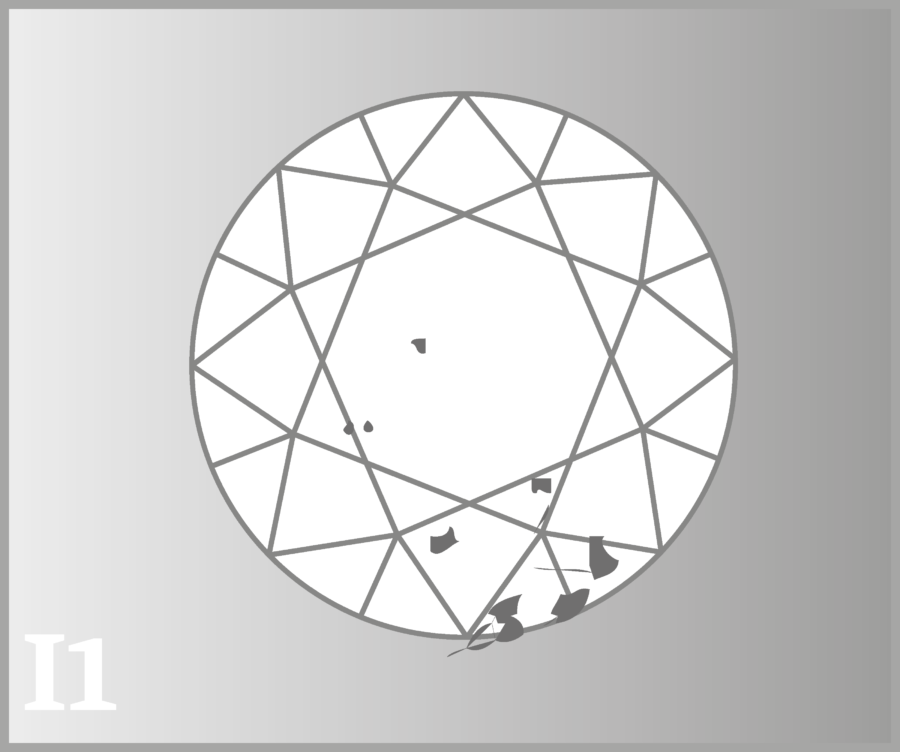 Imperfect Inclusions and external blemishes very easy to locate under 10x magnification.
Imperfect Inclusions and external blemishes very easy to locate under 10x magnification.
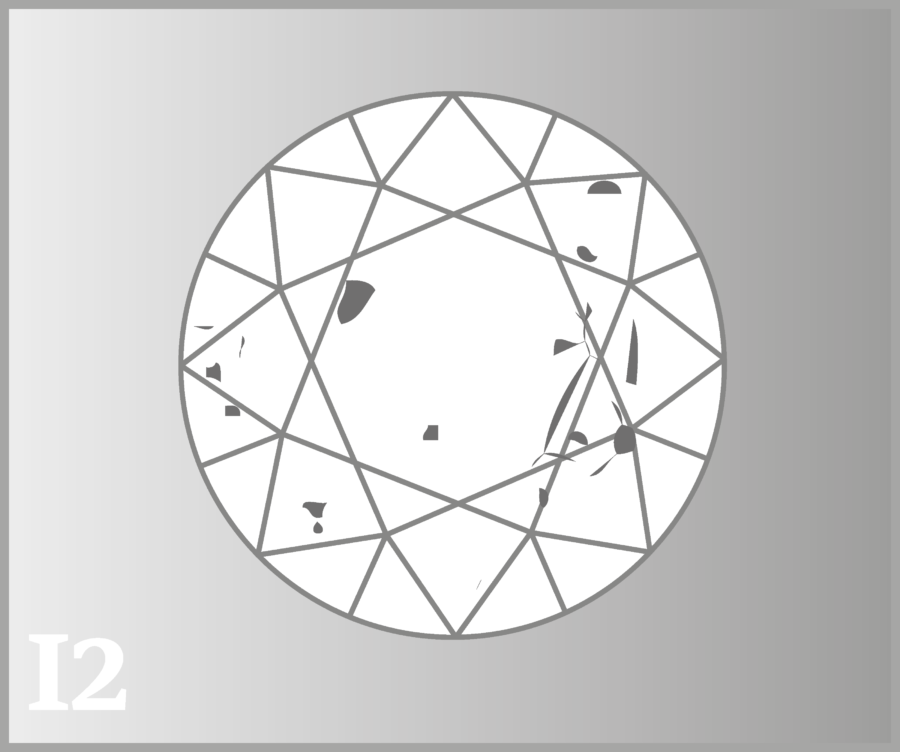 Imperfect Inclusions and external blemishes very easy to locate with naked eye.
Imperfect Inclusions and external blemishes very easy to locate with naked eye.
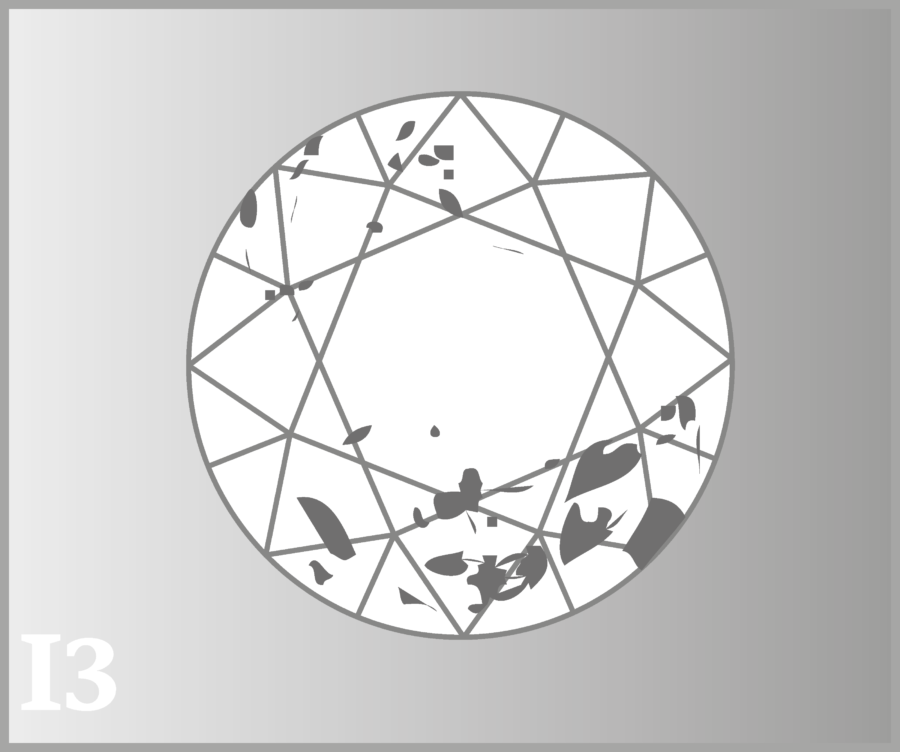 Imperfect Heavy inclusions located with naked eye.
Imperfect Heavy inclusions located with naked eye.
CUT
Another essential feature in the evaluation of a diamond’s quality is its Cut, i.e. that process of faceting, polishing and carving of the rough stone aimed at maximizing the light’s reflection and refraction. Depending on the ability to best combine brilliance and dispersion, a diamond is then classified as having an Excellent, Very good, Good, Fair or Poor cut.
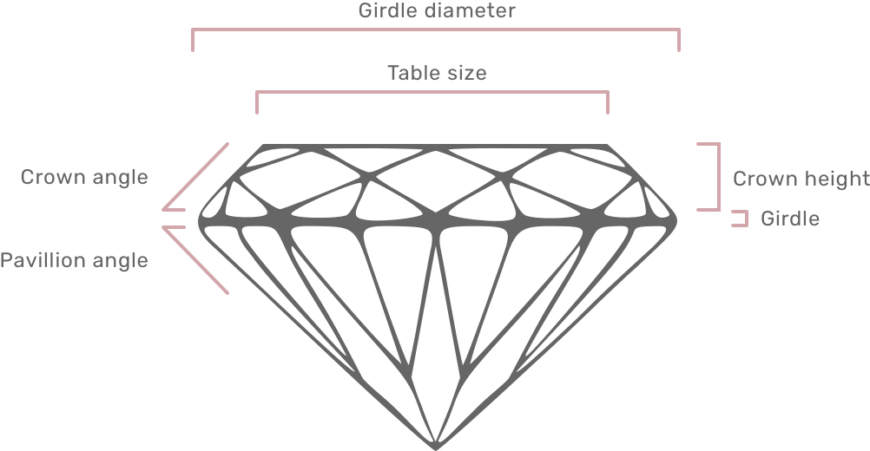


Now that you have more information, find the right diamond for you.
Create your jewel Buy a diamond